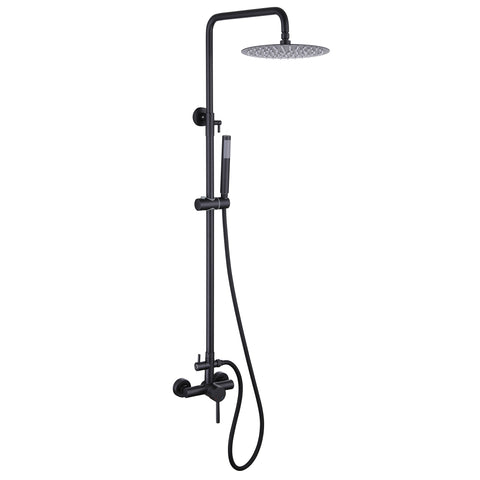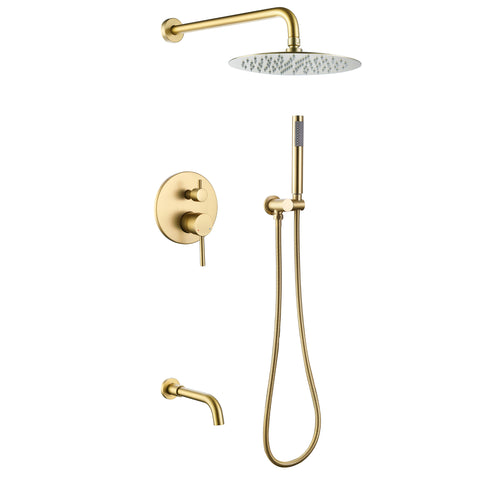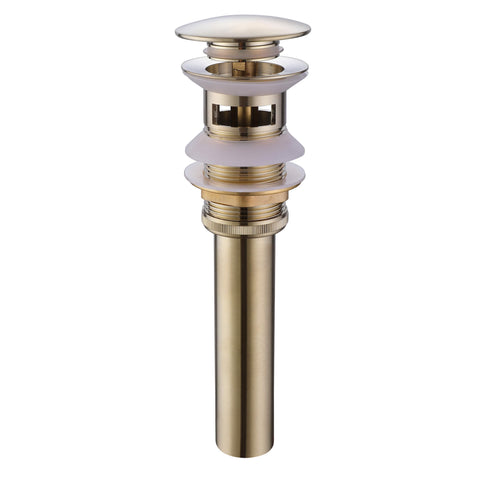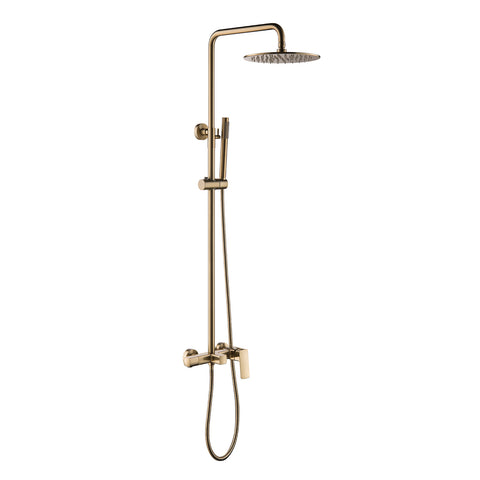Should You Repair or Replace a Damaged Kitchen Faucet?
Your kitchen faucet is an essential part of your daily routine, providing water for cooking, cleaning, and washing dishes. Over time, wear and tear can take a toll, leaving you with a decision: should you repair the damaged faucet or replace it altogether? In this guide, we’ll explore the key factors to consider so you can make an informed choice that suits your needs and budget.
Signs of a Damaged Faucet:
Before deciding on repair or replacement, watch for these signs of faucet damage:
- Persistent leaks around the base or handle
- Constant dripping, even when turned off
- Low water pressure caused by mineral buildup or internal issues
- Rust or corrosion affecting appearance and function
- Difficulty turning the faucet on or off, or a loose handle
Repairing the Damaged Faucet:
Sometimes, a damaged faucet can be repaired, saving time and cost:
- Replace Seals and Gaskets: Fix leaks by replacing worn seals or gaskets.
- Clean the Aerator: Remove and clean the aerator to restore water pressure.
- Fix Leaky Handles: Replace the cartridge or valve to stop handle leaks.
- Remove Rust: Light rust can often be cleaned off, but severe corrosion may need more work.
Replacing the Faucet:
In some cases, replacing the faucet is the better long-term choice:
- Extensive Damage: Cracks, severe corrosion, or multiple issues make replacement practical.
- Upgrading Features: Modern faucets with touchless controls or pull-down sprayers improve convenience.
- Aesthetic Update: A new faucet can refresh your kitchen’s look during a remodel.
- Efficiency Improvements: New faucets often include water-saving features.
- Peace of Mind: Replacing an old faucet reduces the risk of frequent repairs.
Conclusion:
When facing a damaged kitchen faucet, weigh the extent of the damage, your budget, and your preferences. Minor issues can often be repaired, but in many cases, replacing the faucet is more practical and beneficial long-term. By making an informed decision, you’ll ensure your kitchen faucet remains functional, efficient, and aligned with your kitchen’s style and needs.













